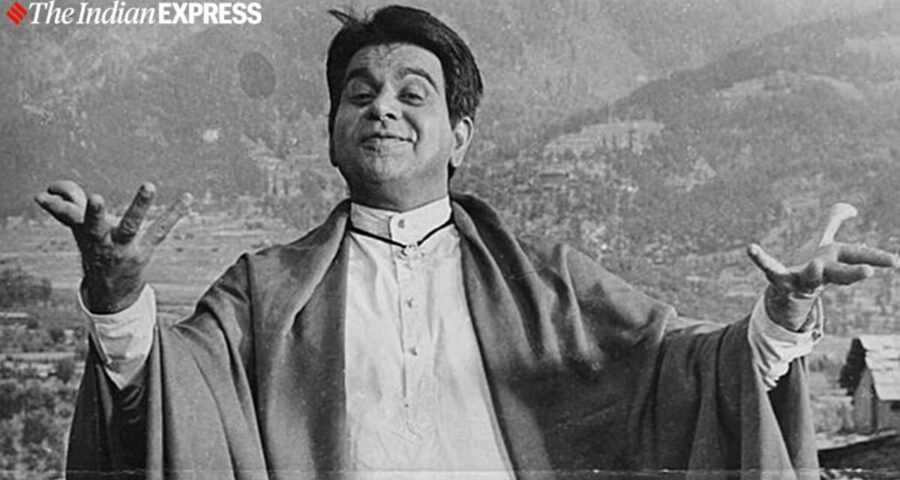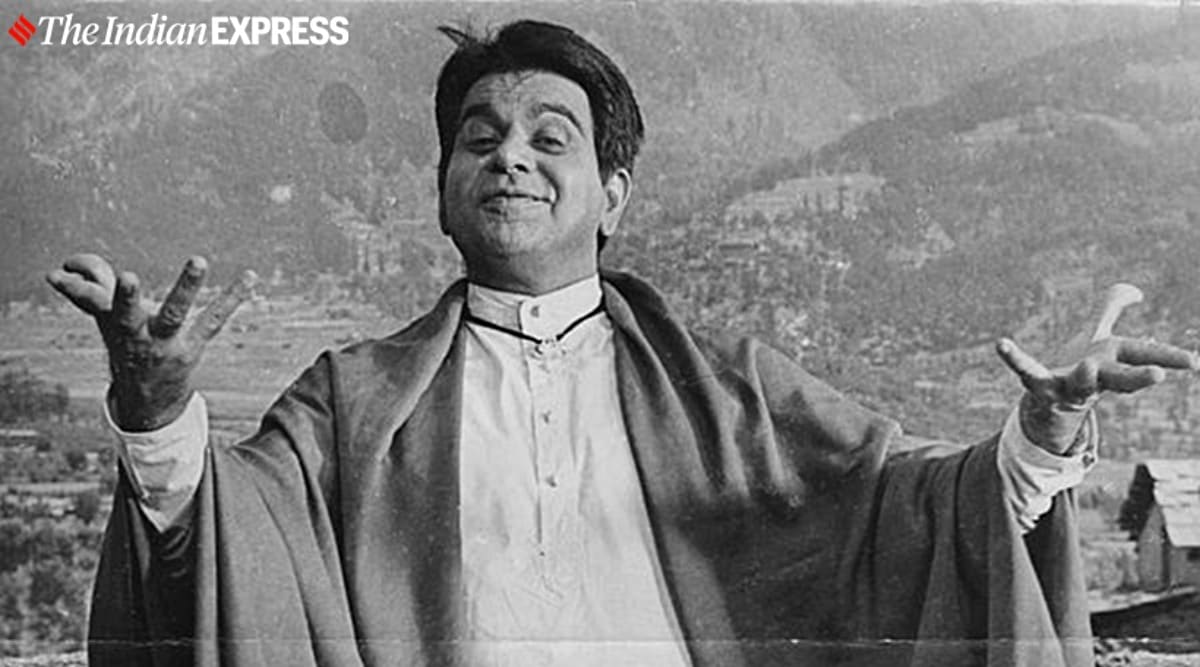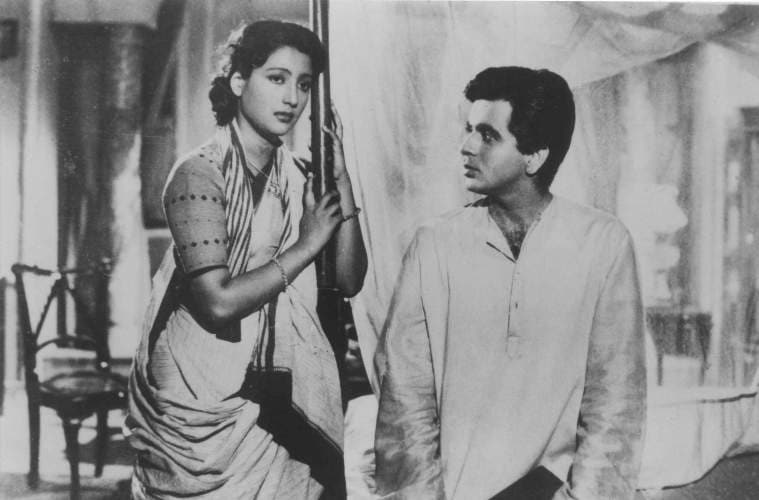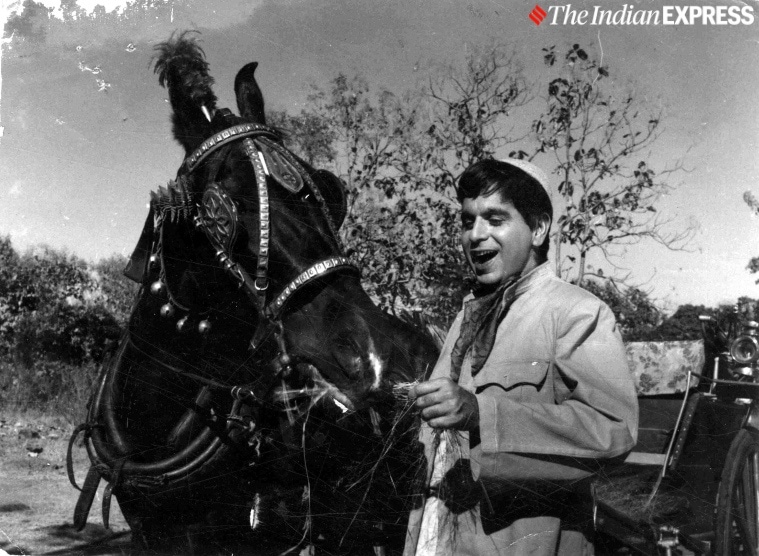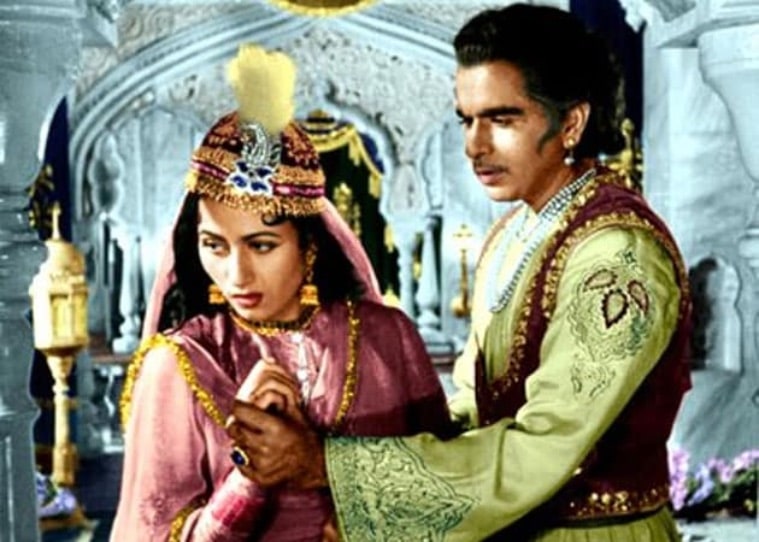Hindi cinema is synonymous with Dilip Kumar. The legendary actor embodied, embellished and shaped the biggest film industry in the world.
Get email alerts for your favourite author. Sign up here
Hindi cinema is synonymous with Dilip Kumar. The legend who embodied, embellished and shaped the biggest film industry in the world, passed away this morning. He was 98.
Along with Raj Kapoor and Dev Anand, the other two of the famous troika, Dilip Kumar typified the modern Indian who was putting behind the shackles of colonial rule and striding towards a new, confident nation busy creating its own fate and fortune.
He made his debut in Jwar Bhata, a 1944 Bombay Talkies film. A much-storied meeting with the lovely Devika Rani, one of the architects of the production house along with Ashok Kumar, persuaded him to change his name, and Mohammed Yusuf Khan of Peshawar origin became Bombay’s One And Only Dilip Kumar.
He crossed over into a newly formed nation, and blazed into our consciousness in the 1949 ‘Andaaz’, possibly Hindi cinema’s first ‘triangle’ love story. And then it was a steady stream of hits accompanied by critical acclaim and the never-ending adoration of a public hungry for stories with substance and resonance, and a star they could both revere and emulate.
In 1952 came the very different ‘Aan’, and ‘Daag’. If you want to see how a swash can be buckled, please watch Mehboob Khan’s lavish spectacle in which Dilip Kumar is a brightly-costumed sword-waggler par excellence. Amiya Chakravarty’s ‘Daag’ is a very desi romantic drama which has a poor boy trying to make good and win the heart of fair lady. Dilip Kumar’s character does a lot of drinking in it, and his leading lady, played by Nimmi, is called Parvati aka Paro.
It was almost as if he was prepping for Bimal Roy’s ‘Devdas’ (1955), in which the most famous lover in the movies turns to the bottle whenever he gets a chance, splitting his attention between his bachpan-ki-mohabbat Paro (Suchitra Sen) and adult fancy Chandramukhi (Vyajanthimala) and spouting dialogues still in vogue. Potential ‘aashiqs’ all turned into Devdas, and the ‘kaun kambhakt bardaasht karne ke liye peeta hai’ line became the ‘taqia kalaam’ of all broken-hearts. Would movie romance have been different if ‘Devdas’ hadn’t been such a hit? Ditto for societal allowance for self-absorbed sorry-for-themselves lovers mooching about: Devdas, a romantic ideal over decades, never grows up.
It’s easy to extend that thought: if Dilip Kumar hadn’t been around, would Hindi cinema be what it is today? Not for nothing is it said that each star aspirant had a little bit of Dilip Kumar in him: in Amitabh Bachchan, the star who took over the 70s and 80s, and Shah Rukh Khan, who became one of the most prominent faces of the 90s Bollywood, you can see clear traces of Dilip Kumar. Both admit candidly to the massive influence he was on them.
Towering actor, star of stars, gentle humanist, quiet philanthropist, with a personality that lived far beyond his screen appearances, he not only established himself as a top flight entertainer in the film business as actor and producer, but impacted the styles of many others who came after him.
He was dubbed Tragedy King because he was such a wonderful crier; his face crumpled, the tears looked real, not glycerine streaks, and his voice shook. But his passes at Comedy and Drama were equally effective. In fact, he cracked us up with great natural flair and ease, and when he got into his stride, delivering those dialogues in such a clean tongue– the diction laced with Urdu and Hindustani– that it was a delight. They became such a high point of his films that his adoring fans would flock to the film just to hear him speak.
In Naya Daur (1957), he proved that he could ride a horse-cart while looking into his lady love’s (Vyanjanthimala) eyes, both warbling the lilty, lovely song ‘maang ke saath tumhara’. The ‘punarjanam’ (reincarnation) theme was brought into popular imagination with Bimal Roy’s ‘Madhumati’ (1958), and we fell in love, all over again, with the handsome hero singing ‘suhana safar aur yeh mausam haseen’.
K Asif’s Mughal-e-Azam (1960) gave us one of the most potent love-making tools we had ever seen: a feather. Shaikhu strokes Anarkali’s face as the background music ebbs and swells, slowly, languorously, sensuously. It’s not just Dilip Kumar and Madhubala who go into a trance; the audience also goes into raptures. His long-lived real-life romance with this leading lady was the stuff of many salty stories in the tabloids; he married the much younger Saira Banu, and they lived happily ever after, just like in the movies.
Watch him whoop it up in ‘Ram Aur Shyam’, an out-and-out hilarious rom com which cemented some of the strongest Hindi film tropes (‘double roles’, lost-and-found identical twins, seedha-saadha-and-street-smart heroes). Waheeda Rehman and Mumtaaz are paired with Dilip playing double, and the ladies are just fine, but you can’t take your eyes off the leading man as he sings, sways, twinkles, and whips the villain (Pran) into submission. Nitin Bose’s ‘Ganga Jamuna’ (1961), which the star produced, also uses the theme of the two-brothers-from-different-sides-of-the-track, the ‘achcha-bhai’ (good brother) vs ‘buraa-bhai’ (bad brother), and the ties of blood vs duty, epic strands which stretch through to contemporary Bollywood.
Though he worked till late into the 80s and early 90s (‘Kranti, Mashaal, Vidhaata, Karma), amongst his last prominent hurrahs was Ramesh Sippy’s ‘Shakti’, in which he plays the arrow-straight cop who only knows how to hand out tough love to his rebellious son, played by Amitabh Bachchan. Rakhee and Smita Patil were effective, but this film belonged to the male leads, which got the young Bachchan, his character bristling with angst and anger, up against the poised person played by Dilip Kumar, transmitting both abiding affection and a principled stand against wrong-doing, which turned the two into one of the most memorable father-son duo in Bollywood.
In 1991, he appeared in Subhash Ghai’s ‘Saudagar’, alongside Raaj Kumar. It was his last hit.
He had been ailing for a long time, and had been in and out of hospital; his passing was inevitable. His presence was a reassuring link to the past glories of Hindi cinema, and an acknowledgement of an India which gave us heroes who could be loved unabashedly, unashamedly. And an actor who could turn his hand into every genre there was, and make it his own. In ‘Ram Aur Shyam’, there’s a classic line in which he says: ‘mujhe acting karni bahut pasand hai par kya karein koi chance hi nahin deta’. (I love acting, but what to do, no one ever gives me a chance). You smile when he says it, and you can see him smiling, too. It is the smile of a star at the top of his game.
Dilip Kumar didn’t wait for chances. He made his own. And in so doing, he made the movies, and us, his own.
Source: Read Full Article
